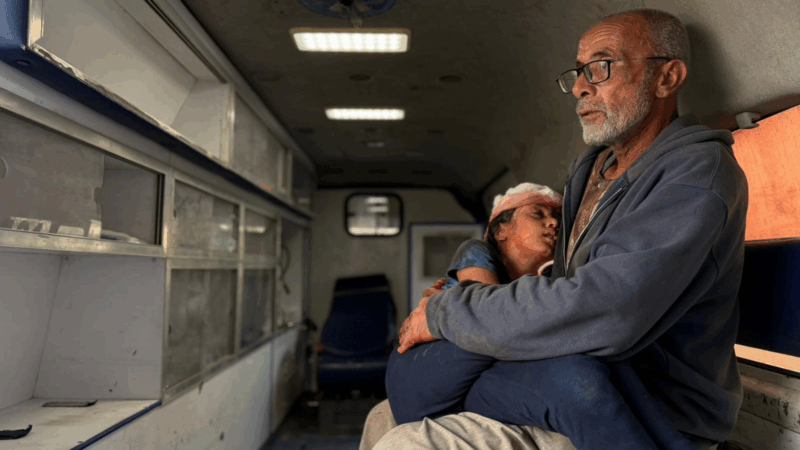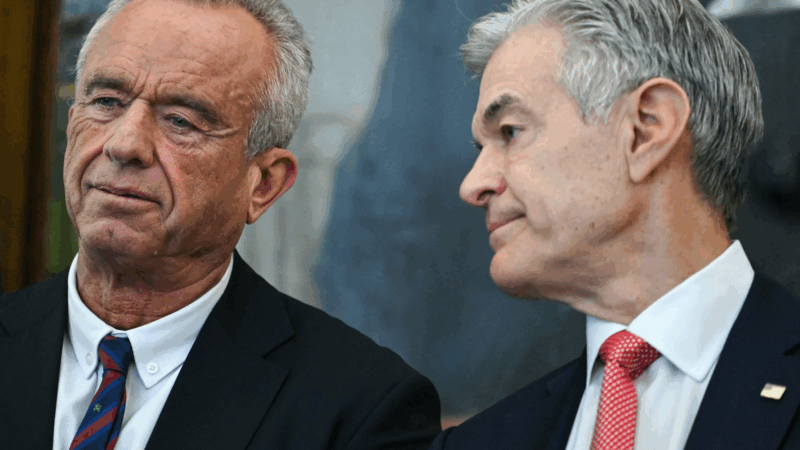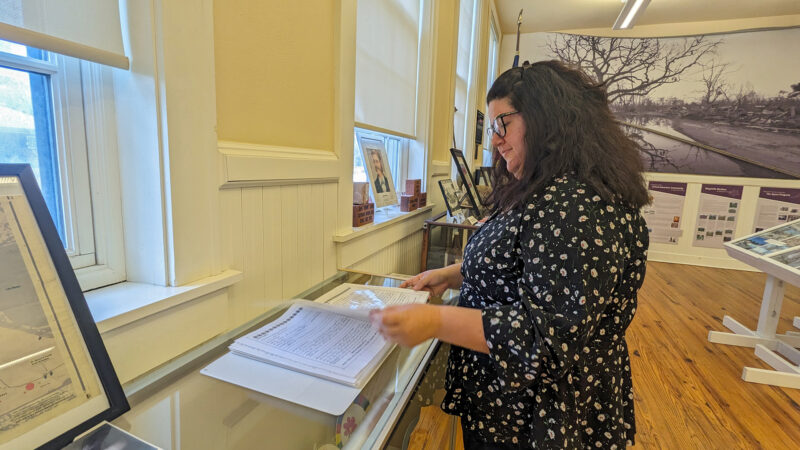College Entry Testing Shows Less Than 1% Of Students Have COVID-19
A statewide program to test college students returning to campus has found a COVID positivity rate of just 0.83% of the 30,000 students tested over the past 10 days.
The program, called GuideSafe, is spearheaded by UAB and partners. It eventually will test about 200,000 students at 50 state colleges and universities.
Dr. Mike Saag, director of UAB’s Division of Infectious Diseases, warned that the numbers can vary 10% to 15% as student testing continues at the 13 test sites.
“Part of our mission is to watch the campuses over time to keep them safe,” Saag said. “We can target interventions based on what we learn from testing.”
Saag said campuses have to have in place ways to keep the virus under control with masking, physical distancing and not allowing the congregation of large groups.
“Those details really matter,” he added.
Preferable class size would be 10 students, with a maximum of 15, he said.
When this entry level college testing is done, the testing will move to under-served communities.
“We are still working through the details,” said GuideSafe Director Bob Phillips.
Positive virus results from the student testing are reported to the Alabama Department of Public Health, he said.
One condition linked to COVID-19 is of particular concern as colleges reopen. Saag said myocarditis is a rare complication of the coronavirus and can be detected in asymptomatic people only by MRIs. Myocarditis has caused sudden cardiac death among young athletes.
College and conference officials need to weigh the risks of myocarditis, he said.
GuideSafe, which has been implemented over the past six weeks, is funded by $30 million in federal Cares Act funds.
A call center has been established to field questions about the GuideSafe testing program. Parents and students can call 866-839-5308 from 8 a.m. to 6 p.m. daily.
New York has a new Archbishop. His background looks a lot like Pope Leo’s
Like Pope Leo, Bishop Ronald Hicks is an Illinois native with deep experience in Latin America.
Could international troops be sent to Gaza? Here’s why Trump’s plan hinges on it
President Trump's peace plan for Gaza hinges on international troops in Gaza, but Israel is skeptical and no country has yet agreed to send their soldiers.
RFK Jr. and Dr. Oz to announce moves to ban gender-affirming care for young people
Health Secretary Robert F. Kennedy Jr. is expected to announce a package of measures that would together ban gender-affirming care for minors. A press conference is set for 11 a.m. Thursday.
A new ‘Avatar,’ a marital stand-up story and a gut-wrenching drama are in theaters
A new drama uses the real, gut-wrenching recordings of a call for help from Gaza to tell a harrowing and profound story.
20 years later, Waveland’s letters to Santa tell stories of recovery from Hurricane Katrina
More than a thousand letters were written and answered after the hurricane. They’re now housed in an exhibit at the Ground Zero Hurricane Katrina Museum.
These federal workers proudly served the American people. Then came Trump’s upheaval
Mass firings, buyouts and heightened uncertainty led to an exodus of federal workers in 2025. More than 300,000 employees will be out of the government by the end of December.








